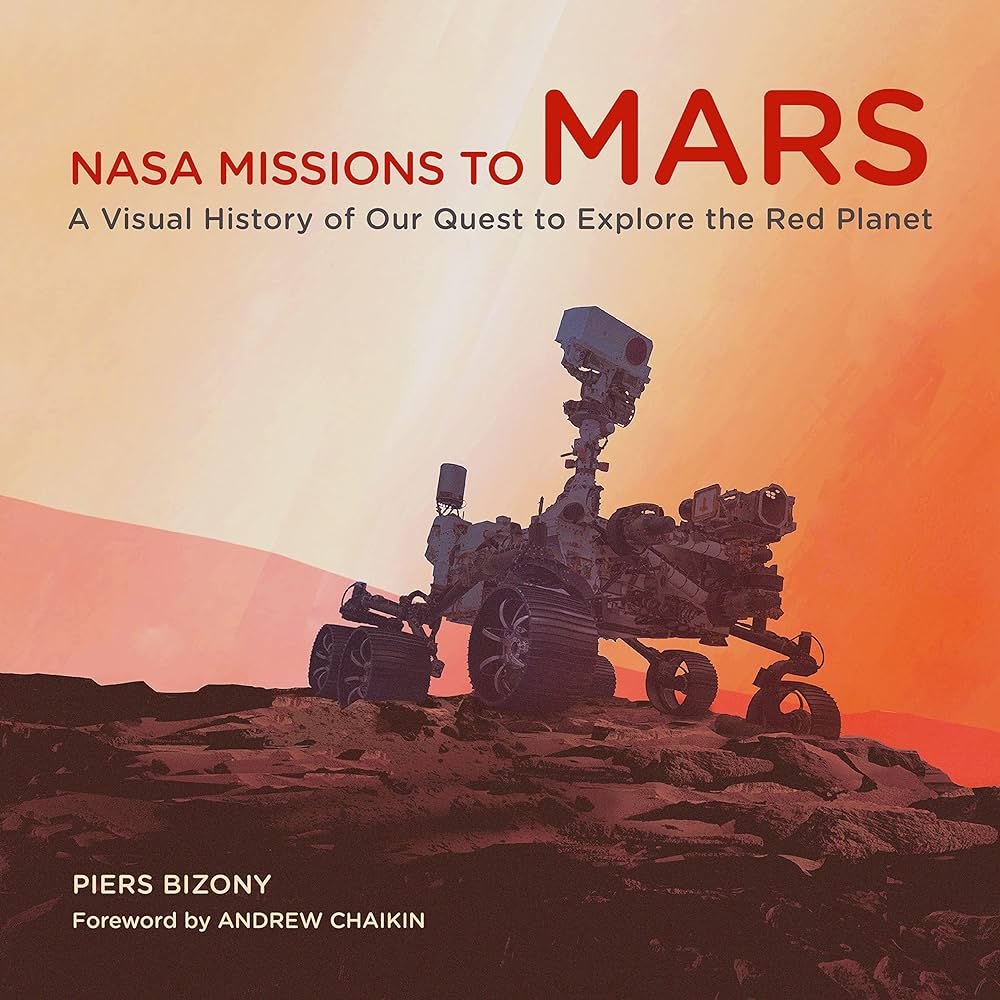The content introduces ten significant space missions that have played a crucial role in expanding our understanding of the universe. These missions include Apollo 11, which successfully landed humans on the Moon, Voyager 1, which became the first human-made object to enter interstellar space, and the Hubble Space Telescope, which has revolutionized our understanding of the universe. The content also discusses the Mars Curiosity rover, the Rosetta mission, New Horizons, Cassini-Huygens, Juno, Voyager 2, and the International Space Station. These missions have provided valuable insights into various celestial bodies, pushing the boundaries of exploration and inspiring continued exploration of space.
1. Apollo 11: Landing Humans on the Moon
The Apollo 11 mission, launched by NASA on July 16, 1969, remains one of the most awe-inspiring and significant space missions in history. It was the first mission that successfully landed humans on the Moon. On July 20, 1969, astronauts Neil Armstrong and Buzz Aldrin became the first and second humans to set foot on the lunar surface, forever changing our understanding of space exploration.
2. Voyager 1: Journey to the Outer Solar System
Launched by NASA in 1977, Voyager 1 was a spacecraft designed to study the outer solar system and interstellar space. It became the first human-made object to enter interstellar space in 2012, an astonishing achievement. Voyager 1 continues to transmit valuable data even now, over four decades after its launch, providing us with valuable insights into the farthest reaches of our solar system.
3. Hubble Space Telescope: Expanding Our View of the Universe
Launched in 1990, the Hubble Space Telescope has revolutionized our understanding of the universe. The telescope orbits above Earth’s atmosphere, providing incredibly clear and detailed images of distant galaxies, nebulae, and other celestial objects. The Hubble has made countless discoveries and helped scientists in studying the age, size, and expansion of the universe.
4. Mars Curiosity: Studying the Red Planet’s Past Habitability
NASA’s Mars Curiosity rover, which landed on the Martian surface in 2012, has significantly advanced our knowledge of the Red Planet. Its primary mission was to determine Mars’ potential habitability by assessing its geology, climate, and the presence of water. Curiosity has made groundbreaking discoveries, discovering evidence of ancient water and the potential for microbial life on Mars.
5. Rosetta: Landing on a Comet
Launched by the European Space Agency (ESA) in 2004, the Rosetta mission sought to study the comet 67P/Churyumov-Gerasimenko up close. In 2014, Rosetta became the first spacecraft to orbit and land on a comet, providing scientists with valuable data about comets and their composition. This mission expanded our understanding of the early solar system and the origins of water on Earth.
6. New Horizons: Exploring the Distant Pluto
Launched in 2006, NASA’s New Horizons mission aimed to study Pluto, a dwarf planet located in the distant region of our solar system called the Kuiper Belt. In 2015, the spacecraft made its historic flyby of Pluto, providing us with the first-ever close-up images of this enigmatic celestial body. The mission provided valuable insights into the geology, atmosphere, and composition of Pluto, enabling scientists to better understand this distant world.
7. Cassini-Huygens: Unraveling the Secrets of Saturn
The joint NASA-ESA Cassini-Huygens mission was launched in 1997 to explore Saturn, its rings, and its many fascinating moons. After a seven-year journey, the Cassini spacecraft arrived at Saturn in 2004. Over the course of its mission, Cassini delivered a wealth of information about the planet’s atmosphere, its moons, and the intricate details of Saturn’s rings. The Huygens probe, also part of the mission, successfully landed on Saturn’s largest moon, Titan, in 2005, providing us with valuable data about this alien world.
8. Juno: Probing Jupiter’s Mysteries
Launched by NASA in 2011, the Juno spacecraft set out on a mission to study Jupiter, the largest planet in our solar system. Arriving at Jupiter in 2016, Juno has made important discoveries about the planet’s magnetic field, atmosphere, and composition. With its highly elliptical orbit, Juno has been able to collect unprecedented data that advances our understanding of Jupiter’s origins and inner workings.
9. Voyager 2: Exploring the Outer Solar System
Following in the footsteps of its predecessor Voyager 1, NASA’s Voyager 2 was launched in 1977. Its trajectory allowed it to provide us with valuable data about the outer planets of our solar system, including Jupiter, Saturn, Uranus, and Neptune. Voyager 2 remains the only spacecraft to have visited these four distant gas giants, significantly increasing our knowledge of their atmospheres, moons, and planetary systems.
10. International Space Station: A Permanent Human Presence in Space
Since its inception in 1998, the International Space Station (ISS) has represented an unprecedented collaboration between space agencies from around the world. It serves as a research laboratory, habitat, and observatory, allowing astronauts to conduct a wide range of experiments in microgravity. The ISS has provided valuable data for scientific advancements, human physiology, and future long-duration space travel, pushing the boundaries of exploration and paving the way for future missions to the Moon, Mars, and beyond.
In conclusion, these ten awe-inspiring space missions have played a crucial role in pushing the boundaries of exploration and expanding our understanding of the universe. From landing humans on the Moon to studying distant comets and planets, each mission has brought us closer to unraveling the mysteries of space and has inspired generations to continue exploring the final frontier.
